QOTD: Are Compact Pickups Worth Pursuing?

True compact pickups don’t exist in any showroom near you or I, but that doesn’t stop some of us — your author, for example — from eyeballing the black, regular cab Mazda B2600 4×4 that just blasted past on a snowy city street, motoring unimpeded to its destination like a boss that it is. (This recent event may have elicited a lustful “Mmmmm…” from yours truly.)
While we can’t scratch that compact pickup itch at any new car retailer, that won’t be the case forever. In two year’s time, we could have two compacts on the market. The question today is: will there be a receptive audience when they arrive?
Ford confirmed its plans for a sub-Ranger pickup last week, though the 21st century version of the little rigs we loved in the ’80s now boasts unibody architecture. In Ford’s case, a platform likely borrowed from the overseas-market Focus. That means front wheel drive (as a starting point) and an independent rear suspension.
Hyundai’s protracted process of turning the Santa Cruz concept vehicle into a production model should bear fruit before too long, with the four-door (probably clamshell-doored) pickup aimed at the sporty/youth market. Better price it accordingly, guys. The reason Hyundai sat on the fence for so long is that company brass viewed the prospect of carving out a new niche in a big truck-loving America as daunting and risky. No kidding. Still, the Santas Cruz will have company, and it’s possible others may join.
Possible, but, barring two surprise hits, maybe not probable.
Certainly, recent growth in the midsize market shows the desire for something smaller than an F-150 or Silverado, though one wonders at what point the public’s enthusiasm dries up. A modern-day compact pickup must be able to handle a certain amount of abuse while tackling sporadic truck-like duties, even if its day job involves getting a lone occupant to a suburban office park. A Baja-like bed won’t cut it. And if that occupant has kids, their vehicle needs to handle those hauling duties, too.
Pickups are now the family car, and we like our family cars big and non car-like. Ideally, with all-wheel drive, cavernous cabin, and maybe a third row.
Is there hope for the currently nonexistent compact pickup, or have the public’s tastes and expectations strayed too far?
[Image: Wikimedia Commons ( CC BY-SA 3.0)]

More by Steph Willems
Latest Car Reviews
Read moreLatest Product Reviews
Read moreRecent Comments
- Shipwright As my Avatar shows I had an '08 GT 500, Grabber Orange convertible. I now own a '12 GT 500 Kona Blue coupe.
- ArialATOMV8 I tend to prefer more amusing colors when picking out a car (if possible). My 2017 Lexus RX is painted in a Nightfall Mica (Dark Blue) and I really dig the look. In the dealership it stands out compared to the regular tame blacks, silvers and whites. Soon I may be at the point to afford a new car and when I do, I'll do my part and spec/hunt for an allocation of a vibrant color.
- Tassos Tim is not that good with colors.The bright "pink" is not pink, but FUCHSIA. Both colors may look good on a woman's sweater, but not on steel panels.
- Tassos While I was a very satisfied owner of a much earlier Accord COupe 5 speed (a 1990 I owned from 1994 to 2016), I don't like the exterior styling of this one so much, in fact the 2017 sedan looks better. Or maybe it sucks in white. The interior of my 1990 was very high quality, this one looks so-so. The 157 k miles were probably easy highway miles. Still, Hondas are not Toyotas, and I remember the same service (like timing belt replacement) back then cost TWICE for an Accord than for a Camry. Add to this that it has the accursed CVT, and it's a no. Not that I am in the market for a cheap econobox anyway.
- 3-On-The-Tree My 2009 C6 corvette in black looks great when it’s all washed and waxed but after driving down my 1.3 mile long dirt road it’s a dust magnet. I like white because dust doesn’t how up easily. Both my current 2021 Tundra and previous 2014 Ford F-150 3.5L Ecobomb are white

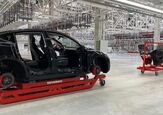
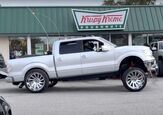













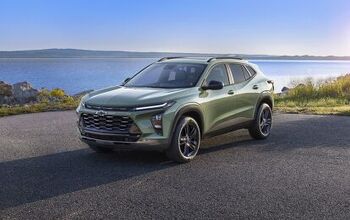
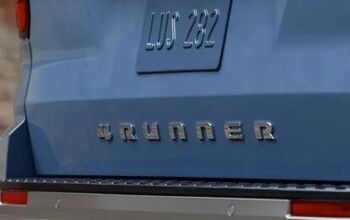

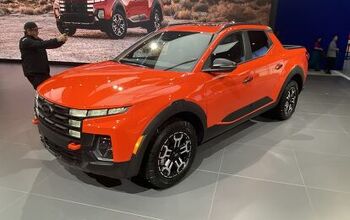
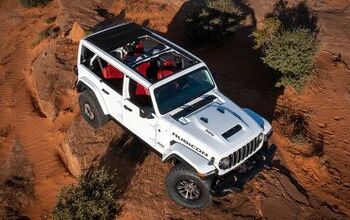
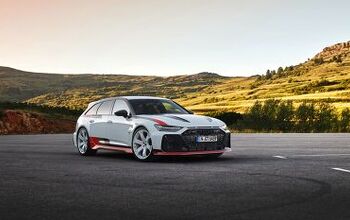

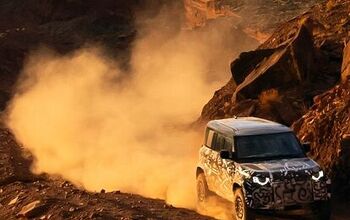
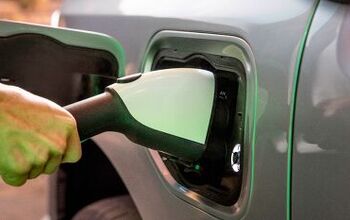
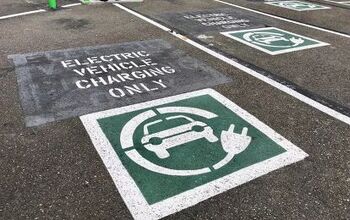
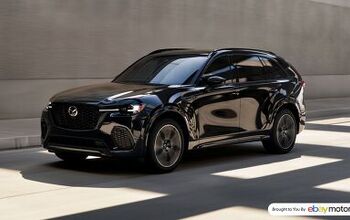
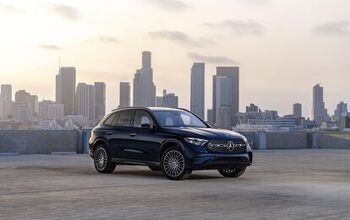
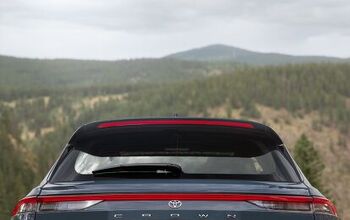
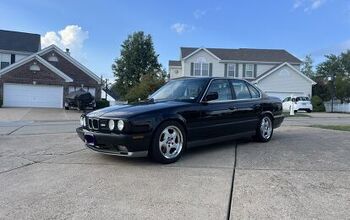
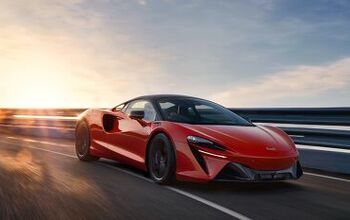
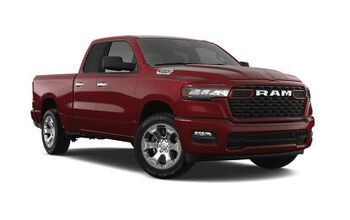
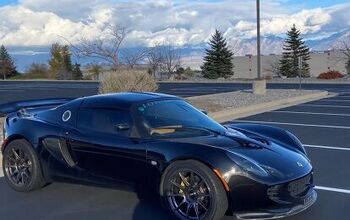
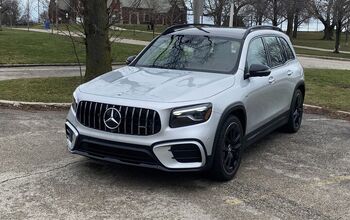
Comments
Join the conversation
Try picking up a second generation Colorado with the 5.3. Very expensive still.
spotted in parking lot of about 40 cars. 2 second gen 4wd S-10's one 2nd gen crew cab Colorado, 1 square body S10 lifted and primered, 4wd. midwest state.